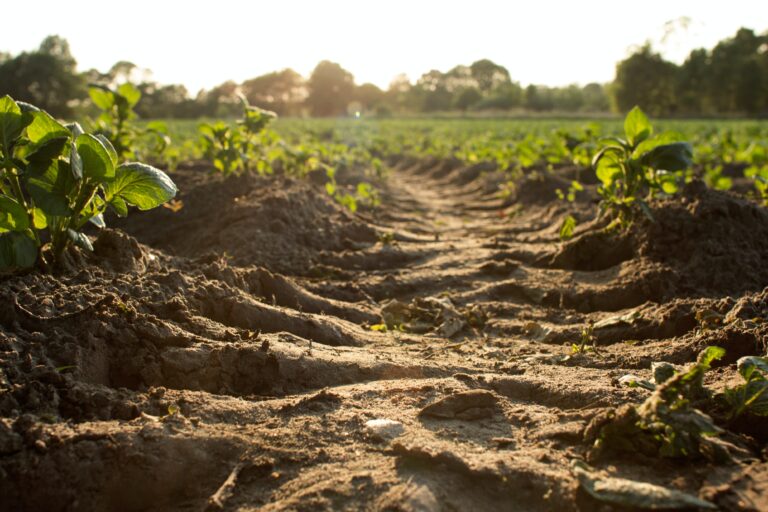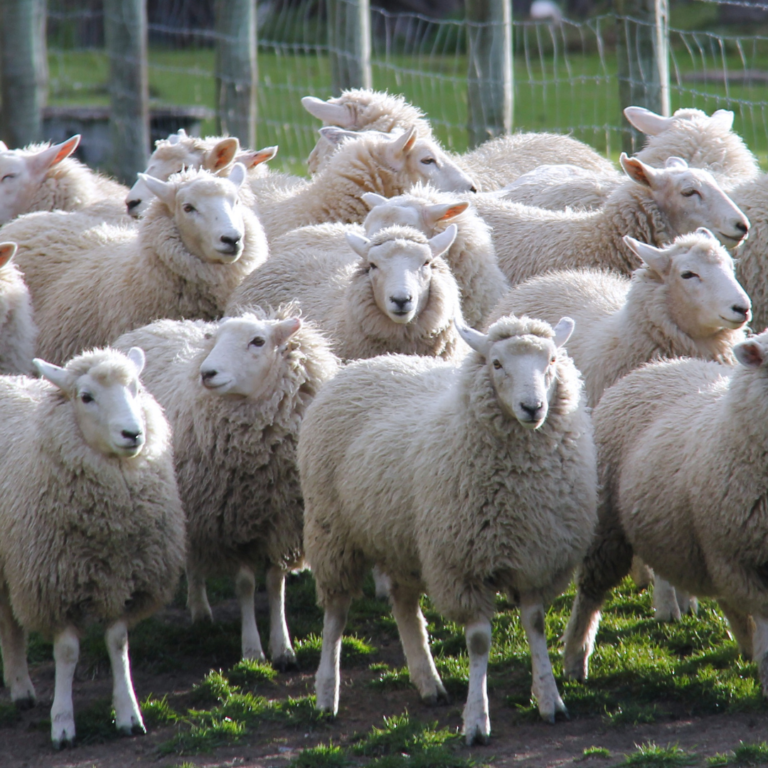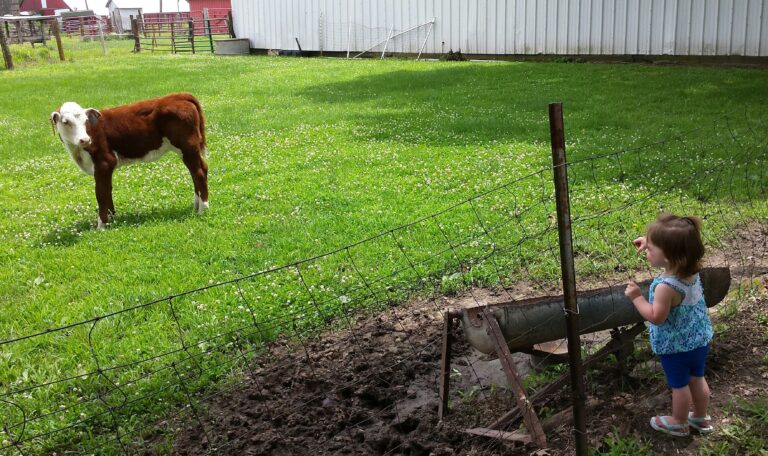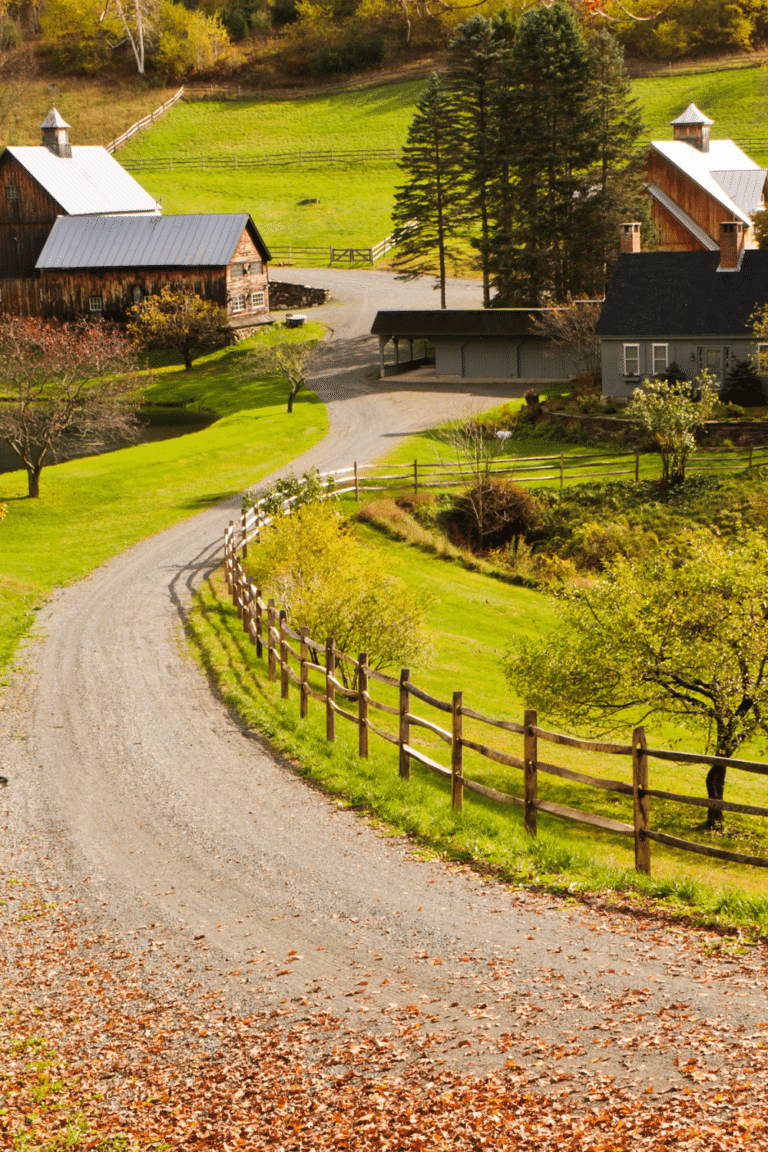How to Till A Garden
This post may contain affiliate links. Read the full disclosure here.
Getting the soil ready to support your garden is an important first step in gardening. Tilling the soil loosens it and allows air, water, and nutrients to reach plant roots more easily. It also helps reduce weeds and pests.
In this article, we will talk about how to till a garden. We will also give you some tips on when to till and how often to do it.
Benefits of Tilling
The reasons for tilling a garden are many, but some of the most important benefits include:
- Tilling loosens the soil, making it easier for plant roots to penetrate and take hold. this is especially beneficial for young plants.
- It helps aerate the soil, which allows air and water to reach plant roots more easily.
- Tilling can help control weeds by breaking up their root systems.
- Tilling can also help control pests by exposing them to the sun and other elements.
Tools Needed for Tilling
To till a garden, you will need a few tools:
- A hoe or spade: These tools will help you loosen the soil.
- A rake: This tool will help you level the soil.
- A rototiller: This tool is optional, but it can make tilling much easier and faster.
- Compost: This is optional, but adding compost to the soil can help improve its quality, and adding it during tilling helps work it into the soil and distribute it evenly.
Preparing to Till
Before you begin tilling, there are a few things you need to do:
- Remove all debris from the area you will be tilling. This includes rocks, sticks, and dead leaves.
- Level your garden if necessary.
- Mark the area you will be tilling. This will help you stay on track and avoid accidentally walking on areas that you have already tilled.
- Spread a layer of compost over the area you will be tilling. This will help improve the quality of your soil.
How to Till a Garden
When you’re ready to till, follow these steps:
1. Loosen the soil surface with a hoe or spade. Work from one end of the garden to the other, making sure to turn the soil over as you go.
2. Rake the loosened soil to level it out.
3. If you’re using a rototiller, start at one end of the garden and work in rows. Avoid walking on the area that’s just been tilled, as you’ll compact the soil.
4. If you are not using a rototiller, continue to loosen the soil with a hoe or spade, moving so that you’re not walking on the area you’ve already tilled.
5. Once the entire area is loosened, rake it again to keep it level.
Additional Tips for Tilling
To get the most out of tilling, keep these tips in mind:
- Till when the soil is semi-dry. This will make it easier to loosen.
- Don’t till when the soil is too wet, as it will compact more when it dries.
- Till in the spring or fall. The weather is cooler and the soil is usually at the perfect moisture level.
- Plan to till your garden every one to two years. This will help keep the soil loose and improve its quality.
- Recruit some helpers. Tilling a large garden can be tiring, especially if you’re doing it by hand, so ask friends or family to help you out.
- Spread compost over the area as you’re tilling. This will help improve the quality of your soil.
- Introduce worms to your garden. Tilling can, unfortunately, kill many of the worms present in your garden, but they are good to have. These helpful creatures will aerate the soil and help improve drainage.
Frequently Asked Questions
Q: When should I till my garden?
A: The best time to till a garden is in the spring or fall. The weather is cooler and the soil is usually at the perfect moisture level.
Q: How often should I till my garden?
A: Most gardens should be tilled every one to two years. This will help keep the soil loose and prevent compaction.
Q: Can you plant immediately after tilling?
A: Once you have finished tilling, you can immediately start planting. However, it is a good idea to wait a few days for the dust to settle before you plant.
Q: What is no-till gardening?
A: No-till gardening is a method of gardening in which the soil is not disturbed. This is done by planting directly into the existing soil, rather than tilling it beforehand. No-till gardening is beneficial because it helps conserve soil moisture and reduces nutrient runoff. It also helps reduce weeds and pests. It’s not right for every garden, but it’s something to consider if you’re looking for an alternative to tilling.
Q: How do I know if my garden needs tilling?
A: If your garden is overgrown with weeds or the soil seems compacted, it may be time to till. You can also test the soil by taking a handful and squeezing it. If it forms a ball, it’s too dry. When it crumbles easily, it’s too wet. If it forms a clump that holds together but crumbles when you poke it, the soil is at the perfect moisture level for tilling.
Q: What are the benefits of tilling?
A: Tilling has many benefits, including reducing weeds, improving drainage, and aerating the soil. It also helps mix organic matter into the soil, which can improve its quality.
Q: Are there any drawbacks to tilling?
A: One of the main drawbacks to tilling is that it can kill many of the beneficial organisms in the soil, such as worms. It can also lead to soil erosion if not done properly. If you till too often, it can also compact the soil and make it harder for roots to penetrate.
Q: What is the best tool for tilling?
A: The best tool for tilling depends on the size of your garden and the type of soil you have. For small gardens, a hand tiller or hoe may be all you need. For larger gardens, a rototiller will make the job much easier.
There you have it: we’ve covered everything you need to know about tilling a garden! With these tips, you’ll be able to create a healthy and productive garden.
Photo by Gabriel Jimenez on Unsplash
See our Airstream Remodel Reveal here!







